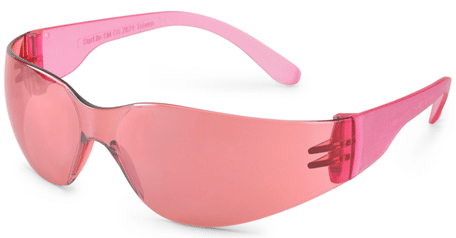The Idealization of Humans and The Zero Delusion

Anything that compromises our ability to see the world and persons as they actually are, reduces our capacity to engage in the reality of life in a healthy, authentic and holistic manner.
The Navajo deliberately weave an imperfection into their rugs (http://gypsified.com/2012/03/22/thought-deliberate-imperfections/). This is the place where the spirit moves in and out of the rug. Leonard Cohen sings in his song Anthem: ‘Ring the bells that still can ring. Forget your perfect offering. There’s a crack, a crack, in everything. That’s how the light gets in.’ The message in Cohen’s song and the Navajo Rug is that perfection is not the elimination of vulnerability and imperfection but rather the ability to recognize and include imperfection in human ‘being’. We need not create anxiety as Kierkegaard recognised about ‘being’ in the world (https://safetyrisk.net/fear-of-being-in-the-world/). Humans have nothing to fear from being human, vulnerable and imperfect. The Apostle Paul argued that his ‘strength was made perfect in weakness’ (1 Cor 12:9) in other words, he was most fully human when he acknowledged and managed his vulnerability. The delusion of infallibility makes it impossible to live in the real world.
Fallibility has never been about fall-ibility as was argued by Augustine in his concoction of original sin. The attribution of depravity to being human was further exacerbated by Luther and Calvin. We see this same concoction of depravity in risk and safety ideology. There is no natural instinct to harm as argued by the Bradley Curve (https://safetyrisk.net/safety-curves-and-pyramids/ ). Indeed, The Bradley Curve endorses an Augustinian theology of humanity and redefines fallibility as ‘the fall’. There was no ‘fall’ from paradise, neither was there any ‘fall’ from perfection. The idealization of perfection is the denial of human ‘being’. Wholeness, not perfection, is the way to becoming fully human.
The reason why everyone is surprised by Weinstein and many others prominent in the news is that these people were set up to fail. Idealizing sports stars, movie stars and public figures is simply crazy. Hero worship always involves idealization and disproportionality in the attribution of power. This is why the ideology of the hero, the innocent and the absolute is tied to the mythology, symbolism and ideology of zero. This is why Safety loves safety heroes and why safety heroes dominate marketing in the safety industry. Just do a Google search for ‘safety heroes’ and it has 65 million results. It seems the last thing Safety wants is ordinary everyday work in tackling risk. Safety doesn’t seem content without mythology, magic and superstitions (https://safetyrisk.net/safety-superstitions/ ) bells and whistles (https://safetyrisk.net/bells-and-whistles-and-due-diligence/ ). Apparently safety can only come by from a hero because the hero is perfect. The belief in perfection expected in the doctrine of Zero creates by-products of idealization and perfection blindness. Then when we observe people like Rolf Harris or Don Burke it gets explained as ‘falling from grace’?
The richness of being human is in not seeking perfection but learning how to tackle uncertainty and imperfection and living holistically in real life. This doesn’t mean that one wants people harmed but rather recognizes that an ideology of delusion undoes the sense of safety. Any binary classification involves distortion-as-simplification as if paradox is bad and ambiguity must be denied. The simple truth is that fallibility makes life rewarding, risk creates learning and human idealization is hiding from reality.
The idealization of the perfect workplace with no injuries, with perfect people generating perfect outcomes in a perfect organization is a dangerous delusion. Idealization creates fall-ibility not fallibility. The real meaning of fallibility is that of deceit, the deceit is the self delusion of infallibility.
Idealization is a mechanism of the binary worldview where the light of the hero rescues evil from the clutches of darkness. Star wars is not real but its mythology/symbols endorse the archetype of the hero and innocence. The zero myth and archetype is the star wars archetype.
The trouble is when Weinstein ‘falls’ everyone is surprised that he’s not infallible. So, when zero is not achieved there needs to be a scapegoat because the perfection dream has been ruined. The scapegoat is of course the animal that takes on the sin of others, the perfect religious archetype for zero discourse. I can’t tell you how many people I know in risk and safety who get sacked when something goes wrong.
In the end the binary of zero must have a scapegoat. Suffering and harm must be attributed to the fall-ibility of the human who has been demonized by the zero mantra. The enemy of safety are humans and safety has the numbers to prove it.



Do you have any thoughts? Please share them below